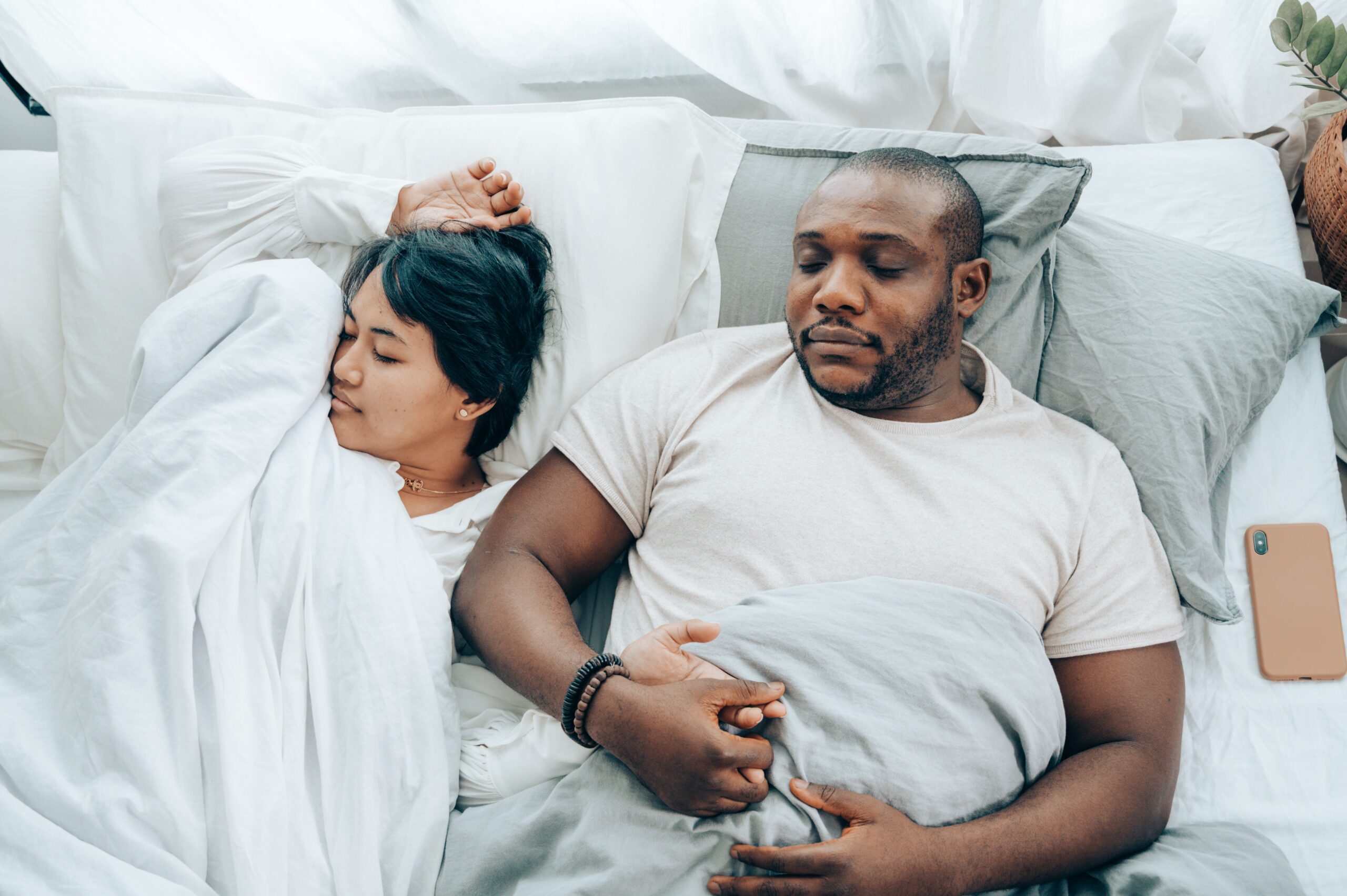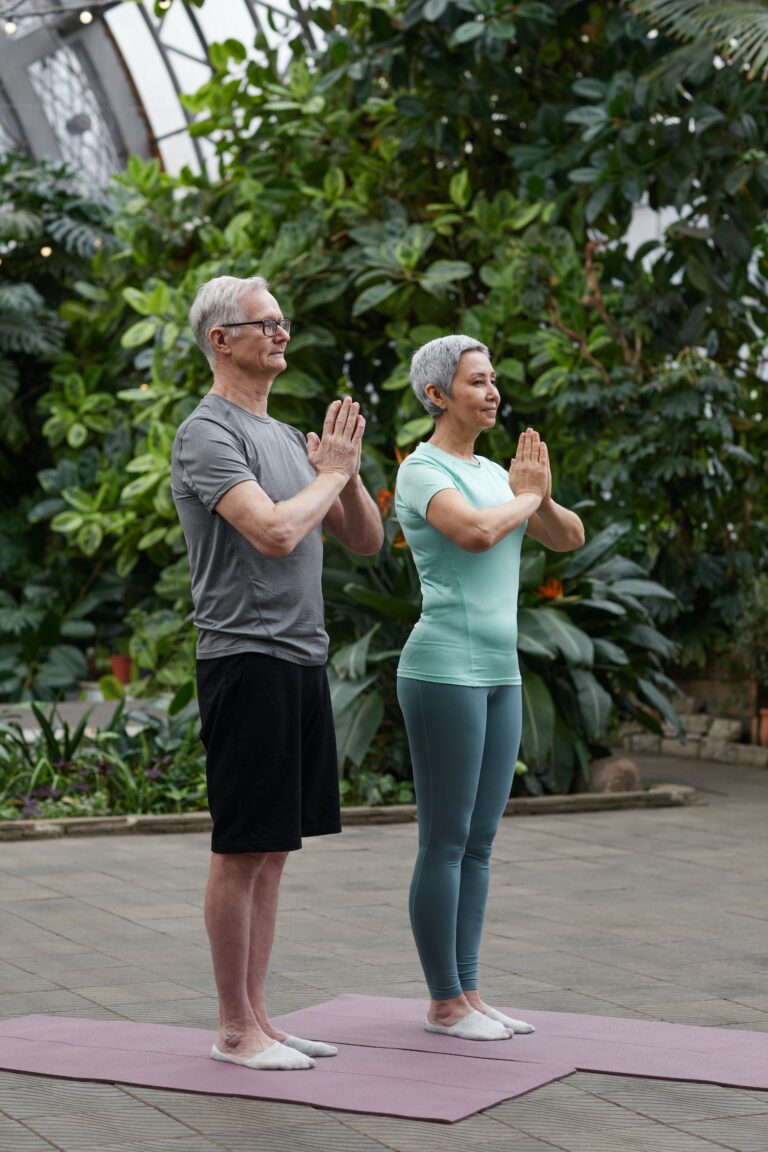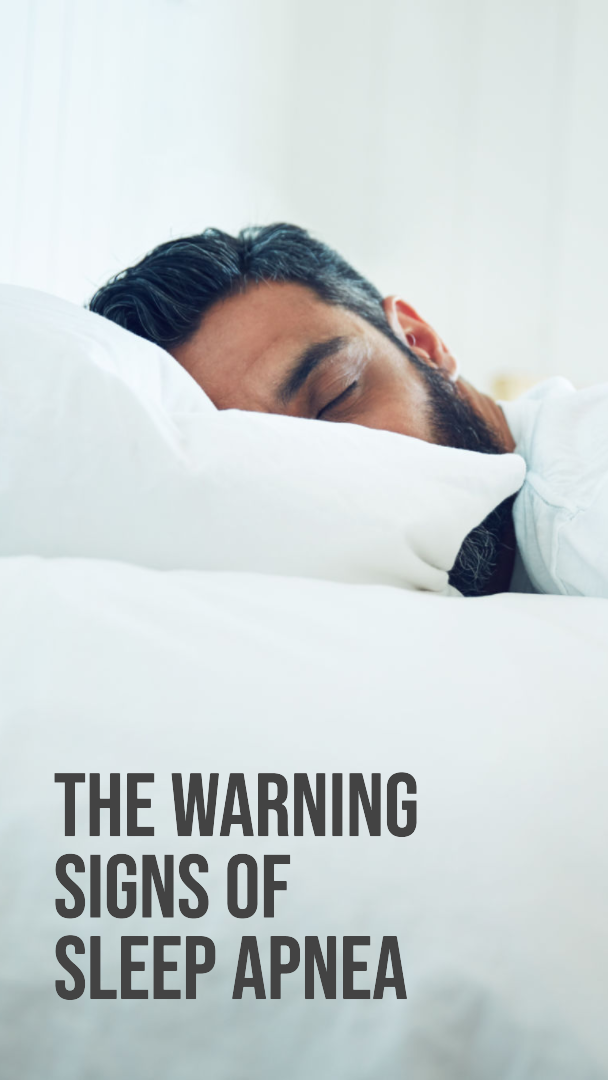What is the difference between CPAP and BIPAP?
At a glance:
Both CPAP (Continuous Positive Airway Pressure) and BIPAP (Bilevel Positive Airway Pressure) machines are commonly used devices to treat sleep apnea, a condition where breathing pauses during sleep. They work by delivering pressurized air through a mask to keep the airway open. The primary difference between the two lies in the pressure delivery. A CPAP machine provides a constant, single level of air pressure throughout both inhalation and exhalation. This continuous pressure helps keep the airway open, reducing or eliminating the pauses in breath that characterize sleep apnea.
On the other hand, a BIPAP machine provides two levels of air pressure: a higher pressure during inhalation (IPAP) and a lower pressure during exhalation (EPAP). This can make breathing more comfortable for individuals who have difficulty exhaling against the constant pressure supplied by a CPAP machine.
In summary, the choice between CPAP and BIPAP can depend on the individual’s comfort, severity of sleep apnea, and other existing respiratory conditions. Always consult with a healthcare provider to determine the most suitable option for you.
CPAP and BIPAP
Hello, sleepless friends. I’ve been there—eyes wide open in the dark of the night, gasping for air. Sleep apnea is an uninvited visitor that disrupts our sleep and leaves us grappling with a host of unwelcome symptoms. It’s okay to be scared and confused, especially when faced with new jargon like CPAP, BIPAP, AHI, and others. But you’re not alone. Today, we’re going to take this journey together as I break down the difference between two common devices you may encounter: BIPAP and CPAP.
Understanding Sleep Apnea
Sleep apnea is a sleep disorder where you have one or more pauses in breathing while you sleep. These pauses can last for several seconds to minutes and can happen numerous times during the night. The frequent breaks in sleep often lead to daytime fatigue and other health complications.
Being a long-time traveler on this challenging journey, I understand the ups and downs that come with it. It’s not just about struggling to get a good night’s sleep; it’s about managing the mental and physical fatigue that seeps into your daily life. But don’t let this overwhelm you. Many solutions can help manage and treat sleep apnea effectively.
Introduction to Sleep Apnea Treatment Devices
There are several treatment devices available for sleep apnea, including CPAP (Continuous Positive Airway Pressure) and BIPAP (Bilevel Positive Airway Pressure) machines. These machines deliver pressurized air through a mask to your airway to keep it open while you sleep, preventing the pauses in breathing that define sleep apnea. I’ve personally used both devices, and each has its pros and cons.
Understanding CPAP Machines
A CPAP machine is like your nightly companion, ensuring you breathe steadily as you sleep. It does this by providing a single level of pressure to your airway. In my experience, using a CPAP machine was initially challenging, mainly due to the constant single pressure, but over time, I found it to be highly effective.
The CPAP machine was my silent night guardian, steadily helping me breathe. My sleep quality improved, and I started feeling less fatigued during the day. But I also understand that it may take some time to get used to the feeling of constant pressure, which may be a hurdle for some.
Understanding BIPAP Machines
Now let’s talk about the BIPAP machine. If the CPAP machine is a strict guardian, the BIPAP machine is like a considerate partner, providing two levels of pressure: one for inhalation (IPAP) and a lower one for exhalation (EPAP). This dual pressure system can be more comfortable, especially for those who find exhaling against the CPAP’s constant pressure challenging.
When I switched to a BIPAP machine, I found exhaling easier, making the whole experience more comfortable. However, BIPAP machines can be slightly more complex to use due to the dual pressure settings.
Comparing CPAP and BIPAP Machines
In my journey with sleep apnea, both the CPAP and BIPAP machines have been valuable allies. They work in similar ways but with slight differences.
Functionally, a CPAP machine uses a constant single pressure to keep your airway open, while a BIPAP machine uses a dual pressure system, adjusting to your breathing pattern. In terms of comfort, this depends on personal preference. Some might find the single pressure system of CPAP easier to adapt to, while others may appreciate the dual pressures of BIPAP.
It’s important to note that neither machine is ‘better’—they’re just different, and the best one for you depends on your personal comfort, the severity of your sleep apnea, and any other existing respiratory conditions.
Personal Recommendation
Based on my experience, if you’re new to sleep apnea treatment and have a mild to moderate condition, you might find starting with a CPAP machine easier. On the other hand, if you have severe sleep apnea or find exhaling against a constant pressure uncomfortable, a BIPAP machine could be a better fit.
But remember, my experience is unique to me. We’re all different, and what works best for me might not work best for you. Please consult with your healthcare provider to find the best option for you. Starting treatment for sleep apnea might seem overwhelming, but with time, patience, and the right device, a good night’s sleep can become a regular occurrence rather than a distant dream.
Embarking on this journey may seem daunting, but please remember, you’re not alone. Keep exploring, keep learning, and most importantly, keep breathing. Sweet dreams, friends.
References and Acknowledgments
I’m forever grateful to my healthcare providers and the wonderful community of sleep apnea warriors who have been there every step of the way. As always, my experiences are personal and might not reflect everyone’s journey with sleep apnea. For further reading, I recommend the American Sleep Apnea Association and Mayo Clinic resources.




